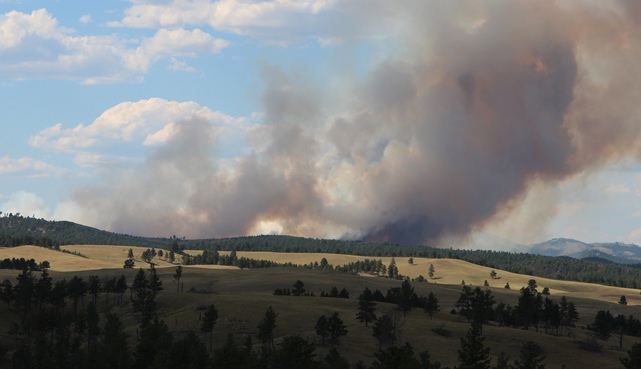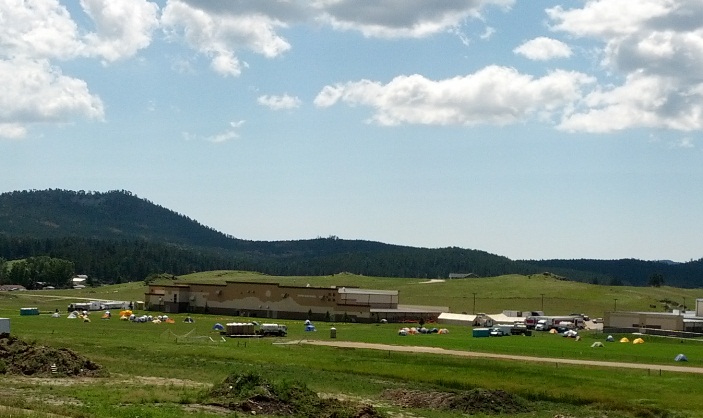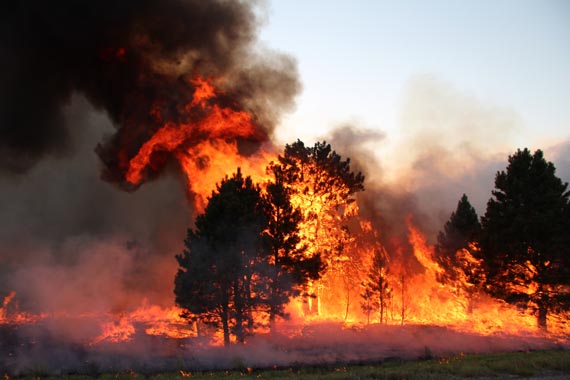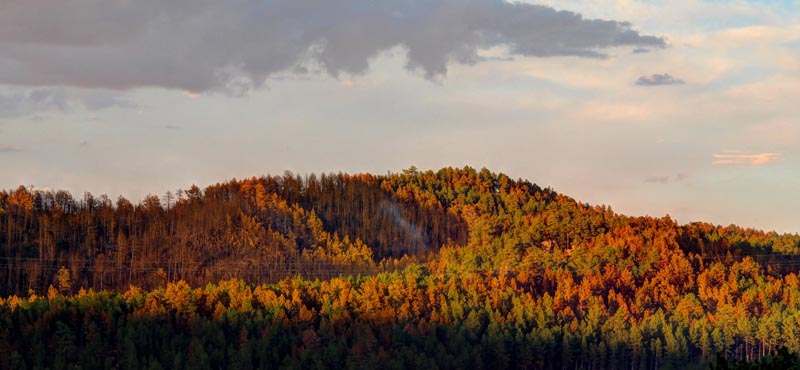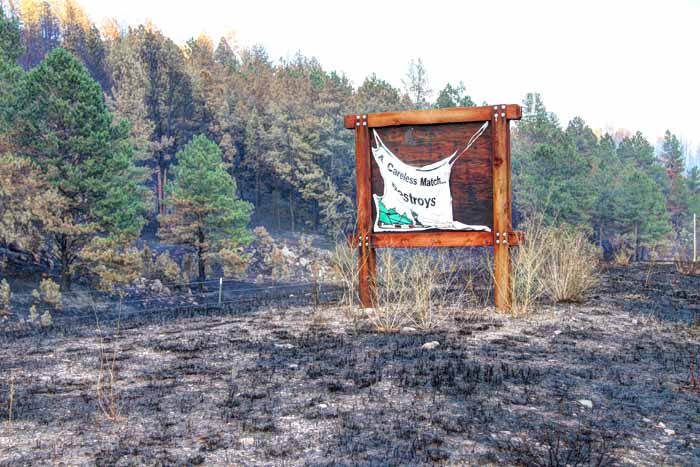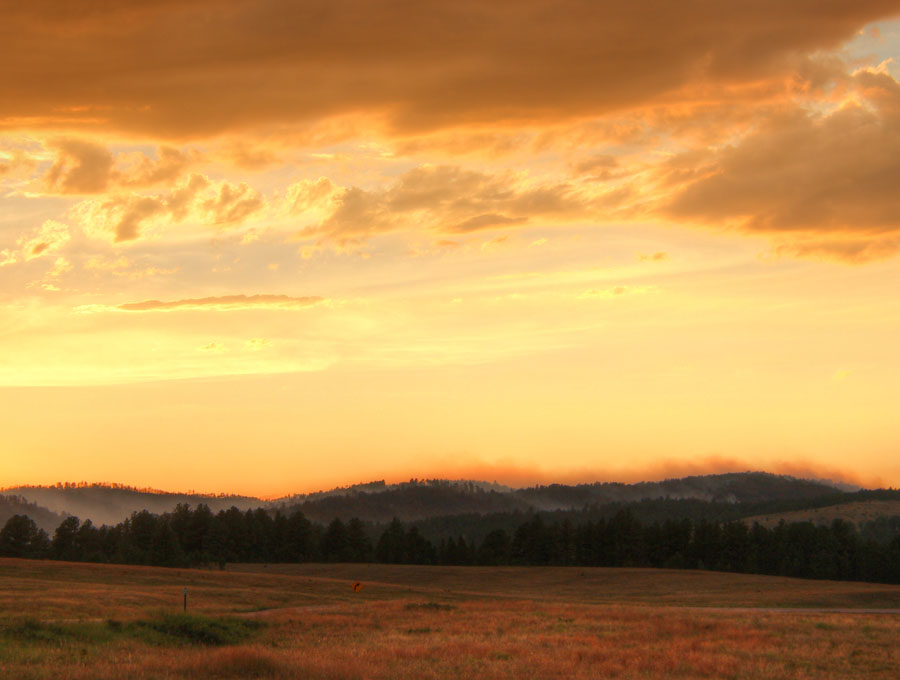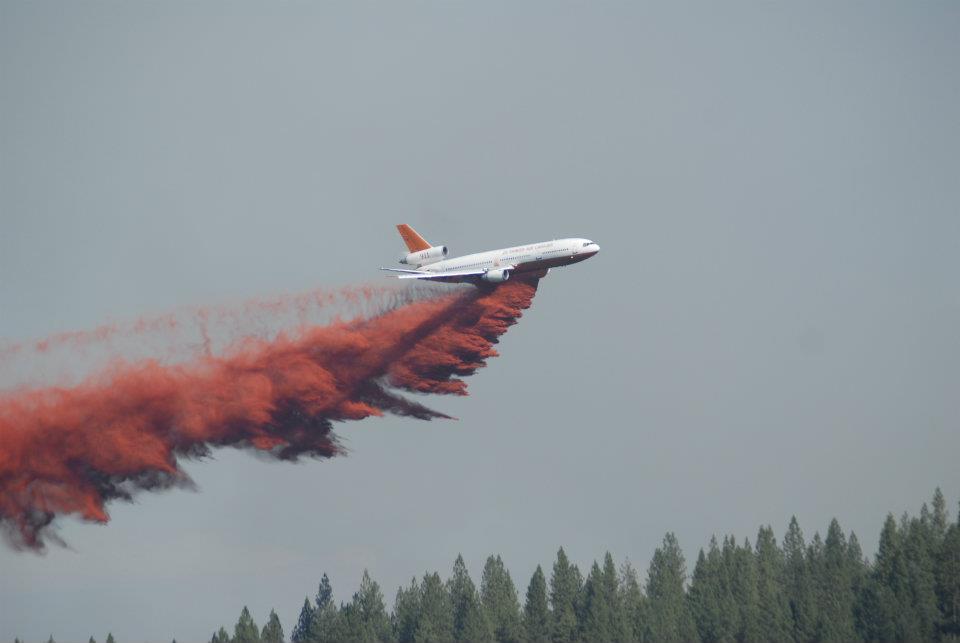
With the DC-10 being activated again, I am reminded of the shortage of air tankers during the Myrtle fire in the Black Hills of South Dakota a few weeks ago, which during the first six hours had no large air tankers. On the radio a conversation between two people in the Operations section could be heard discussing the no-show of the air show. I could sense the frustration in their voices. One of them suggested that they consider requesting the DC-10 Very Large Air Tanker, but they did not know with certainty the nearest air tanker base where it could land and reload with retardant.
They knew that the aircraft is too large for most of the dozens of air tanker bases, since it has a wing span of around 160 feet and a weight of about a half million pounds. The physical layout of the bases and the runway, taxiways, and ramps at the airports are not designed for the size and weight of such a large air tanker.
However, there are eight bases that can accommodate the DC-10 in the western United States, according to Pam Baltimore, an Acting Public Affairs Officer for the U.S. Forest Service in Washington D.C.
- SBD – San Bernardino, CA
- MCC – McClellen – CA (Sacramento)
- MWH – Moses Lake, WA
- BOI – Boise, ID
- IWA – Mesa-Gateway, AZ (Phoenix)
- HIF – Hill AFB, UT
- HLN – Helena, MT
- CPR – Casper, WY
When contemplating using a DC-10 air tanker on a fire, aviation personnel consider, in addition to the cost per delivered gallon, the fact that it can cruise at 564 MPH, and the retardant capacity of 11,600 gallons, equivalent to almost six P2V or four BAe-146 air tankers, which carry about 2,000 and 3,000 gallons, respectively.


